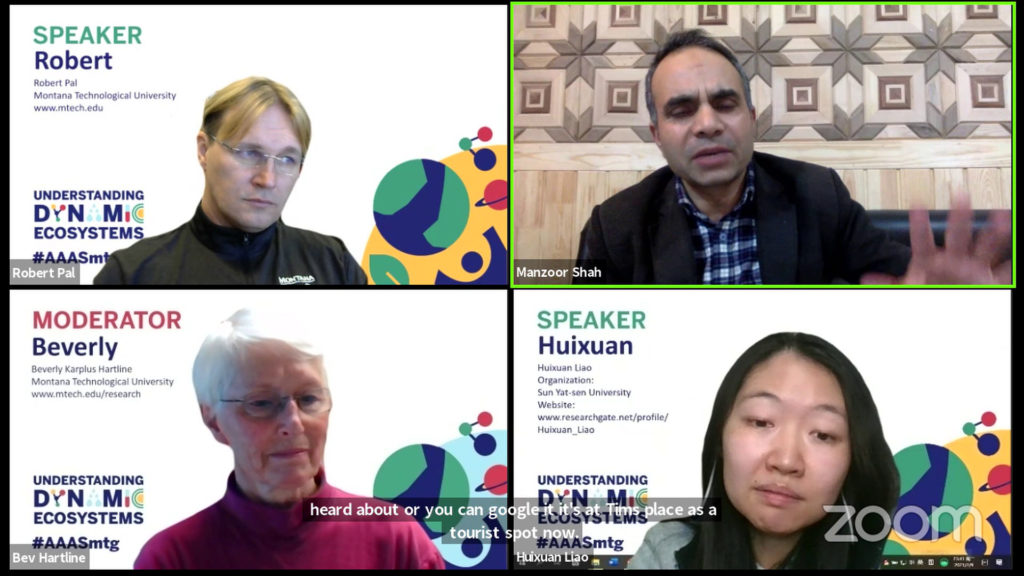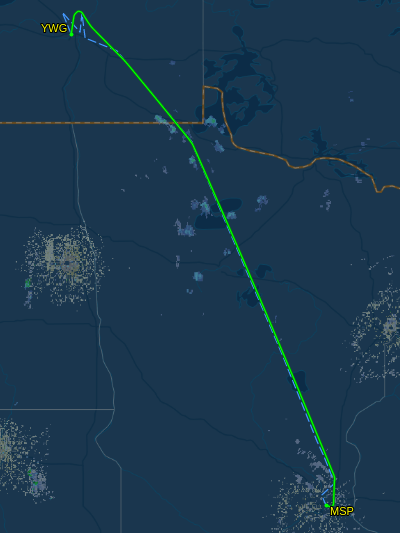American scientists are always keenly interested in space travel, and the 2021 AAAS Annual Meeting rounded out its coverage of the topic with an 11 February panel on group psychology for Mars missions. The roundtable, moderated by Leslie DeChurch, featured Suzanne Bell and Alexandra Whitmire of NASA, plus scientists Jack Stuster, Noshir Contractor, Dorothy Carter, and Nick Kanas, all of whom have worked with NASA on various projects.

One of the assumptions baked into any trip to the International Space Station, or even the Moon, is fast communications with Mission Control. Ground crew is available 24/7 with instant help for anything from tech support to mundane assistance like verbal confirmation of EVA checklists. But it can’t work like that on a trip to Mars. There could be a 45 minute delay to hear back from Earth. For anything urgent, the astronauts aboard can only turn to each other.
That’s why picking the right mix of people for the team is so critically important. Everyone will need to follow at times, lead other times, be prepared for an emergency, and they will need to be willing to do so all while staring at the same faces every day. For a well-adjusted team, it could be the ultimate road trip. But add a few setbacks, and there might be plenty about the voyage that never makes the history books.
As one panelist said, teams will not just need ‘The Right Stuff’, but will need to be ‘The Right Size’. NASA’s most recent plan to get to Mars anticipates a slow three-year round trip with 4 crew, acknowledged to be a bare minimum. With so much to do, a slowdown or lack of cooperation from anyone at any time could jeopardize the whole mission, and the length of the assignment only increases the chances for something to go wrong. A shorter trip (ideally two years or less) with more crew (perhaps 6) would be much more robust against failings in the human element.
Another way to head off the risk of human factors is by using the latest in social science. Researchers continue to collect data in from, dedicated space travel analog missions, isolated workspaces like Antarctic research stations, and careful review of data from past spaceflights, to glean insights on how people work best when stuck with the same small group. Backed up with the latest in social science and information techniques like lexical analysis and social graphing, group psychologists are their refining statistical models, moving from retrospective analysis of past missions, to future predictions of how well a particular social group will hold together over the long-term. Still, mathematical guesses are no substitute for helpful human personality traits, especially Self-Monitoring, the ability to recognize one’s own effectiveness and interact with the group in an appropriate way for the given situation.
All this research about people cooped up for long periods of time has also hit pay dirt as the social isolation of the COVID-19 pandemic has set in. If you’re looking for insight into how to ride out quarantine with or away from your team, there’s tons of NASA Technical Reports on these matters accessible online!


